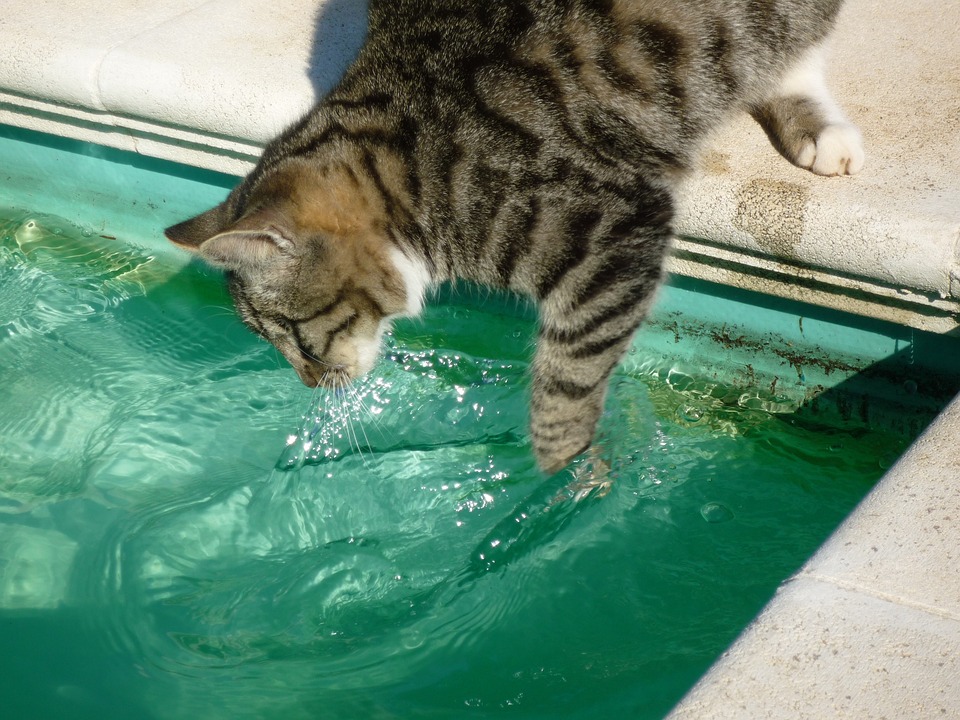The Importance of Monitoring and Controlling Fish Tank Water Temperature
When it comes to maintaining a healthy and thriving aquarium, one of the most crucial factors to consider is the water temperature. Fish are ectothermic creatures, meaning their body temperature is regulated by the surrounding environment. As a responsible fish owner, it is essential to monitor and control the water temperature within your fish tank to ensure the well-being and longevity of your aquatic companions. In this article, we will explore why maintaining the right water temperature is vital for fish health and provide valuable tips on how to achieve and maintain optimal conditions.
Why is Water Temperature Important for Fish Health?
1. Fish Metabolism and Immune System – Water temperature directly affects the metabolic rate of fish. The metabolic rate determines how efficiently fish process food and convert it into energy. By maintaining the appropriate water temperature, you can ensure that your fish’s metabolism remains at an optimal level, promoting healthy growth and overall well-being. Additionally, temperature impacts the fish’s immune system, with warmer water generally boosting immune response and enhancing disease resistance.
2. Oxygen Dissolution – Water holds less oxygen as temperature increases. Warmer water tends to have lower oxygen levels, which can lead to oxygen deprivation for fish. This can be particularly harmful to species that require higher oxygen concentrations, such as some tropical fish. By closely monitoring and controlling the water temperature, you can prevent oxygen imbalances and provide adequate oxygenation for your fish.
3. Reproduction and Breeding – Certain fish species have specific temperature requirements for successful reproduction. For example, many tropical fish require warmer water to trigger breeding behaviors and ensure the survival of their offspring. By maintaining the appropriate water temperature, you can create a favorable environment for breeding and enhance the chances of successful reproduction.
4. Stress and Disease Prevention – Rapid or extreme temperature fluctuations can subject fish to stress, which weakens their immune system and makes them more susceptible to diseases. By monitoring and controlling the water temperature within a suitable range, you can significantly reduce the risk of stress-related health issues and diseases, ultimately promoting a healthier and happier fish population.
Tips for Monitoring and Controlling Fish Tank Water Temperature
1. Invest in a Reliable Aquarium Thermometer – A high-quality thermometer is essential for accurate temperature monitoring. There are various types available, such as adhesive strip thermometers, digital thermometers, and submersible thermometers. Choose one that suits your tank setup and provides accurate readings.
2. Choose the Right Heater – Selecting an appropriate heater is crucial for maintaining a consistent water temperature. Consider the size of your tank, the desired temperature range, and the specific needs of your fish species. Opt for a heater with a built-in thermostat for precise control.
3. Avoid Drastic Temperature Changes – Rapid temperature fluctuations can be detrimental to fish health. Avoid exposing your fish to sudden changes by maintaining a stable room temperature and insulating the tank against external temperature variations.
4. Regularly Check and Adjust Temperature – Make it a habit to check the water temperature daily. Even the most reliable heaters may experience slight deviations over time. Adjust the heater accordingly to ensure a consistent and appropriate temperature for your fish.
FAQs – Frequently Asked Questions
Q: What is the ideal water temperature for fish?
A: The ideal water temperature varies depending on the fish species. Research the specific temperature requirements for the fish you keep to provide the optimal conditions. However, a general range of 75-82°F (24-28°C) is suitable for many tropical fish.
Q: Can I use a regular household thermometer to measure water temperature?
A: No, regular household thermometers are not designed for aquarium use and may provide inaccurate readings. It is recommended to use a thermometer specifically designed for aquariums to ensure precise temperature measurements.
Q: How often should I check the water temperature in my fish tank?
A: It is advisable to check the water temperature daily, especially during seasonal changes or if you notice any unusual fish behavior. Monitoring the temperature regularly helps identify any deviations and allows for timely adjustments.
Q: Can I use a heater and chiller simultaneously to maintain the desired temperature?
A: Yes, in certain situations, using both a heater and a chiller may be necessary to maintain a specific water temperature. This is particularly relevant for fish species that require cooler temperatures or in regions with extreme temperature fluctuations.
Q: Are there any signs that indicate the water temperature is too high or too low?
A: Yes, fish may display signs of distress if the water temperature is not suitable. Common indicators of high temperature include increased respiration, sluggish behavior, and loss of appetite. Conversely, signs of low temperature include lethargy, clamped fins, and reduced activity levels.
By understanding the importance of monitoring and controlling fish tank water temperature, you can provide your fish with a stable and comfortable environment to thrive in. Remember to choose appropriate equipment, regularly check the temperature, and take necessary precautions to prevent any temperature-related stress or health issues. Your fish will thank you with their vibrant colors, active behavior, and overall well-being.









